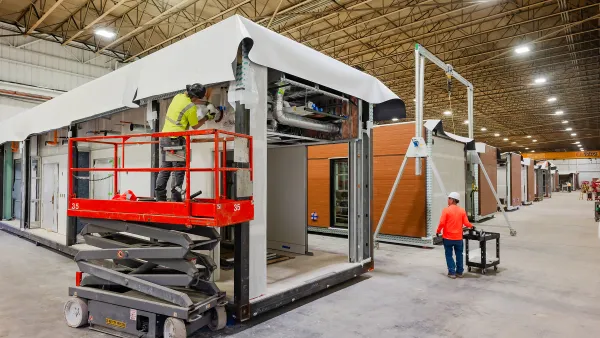Dive Brief:
- Washington State University researchers have developed 3-D print technologies allowing for material control at a nanoscale, molecular level, according to 3D Printing Industry.
- 3-D printed nanostructures have the potential for advancing materials science and construction of energy storage, microfluidic and microelectronic devices.
- Researchers used an aqueous ethylene glycol solution atomized into gas to create a usable ink for the Optomec Aerosol Jet technique for 3-D printing.
Dive Insight:
3-D printing at the nanoparticle level provides researchers with ability to begin manufacturing at an infinitely smaller scale — down to one thousand-millionth of a meter. The method could be applied beyond aerosol jet printing to ceramic and metal-powder additive manufacturing techniques and systems. The process is akin to fractal modeling and construction that seeks to mimic the framework of organic systems construction.
3-D print innovators and startups like Chatanooga, TN–based Branch Technology are exploring cellular fabrication technologies that could minimize the amount of material consumed in 3-D print runs by optimizing construction based on organic geometries. The result is extremely strong but light weight wall panels that the firm will use for the construction of one of the first 3-D printed houses in the U.S.














